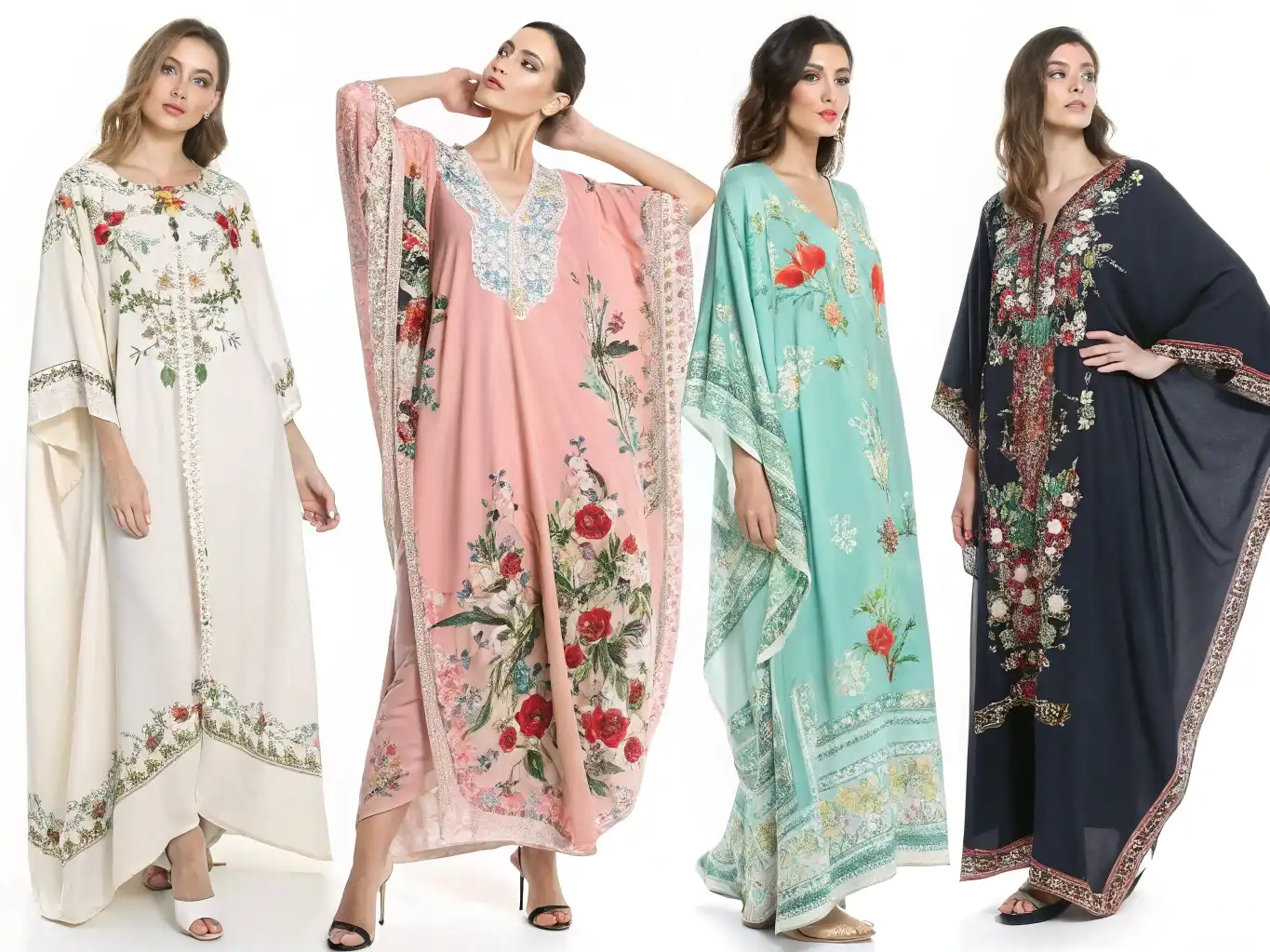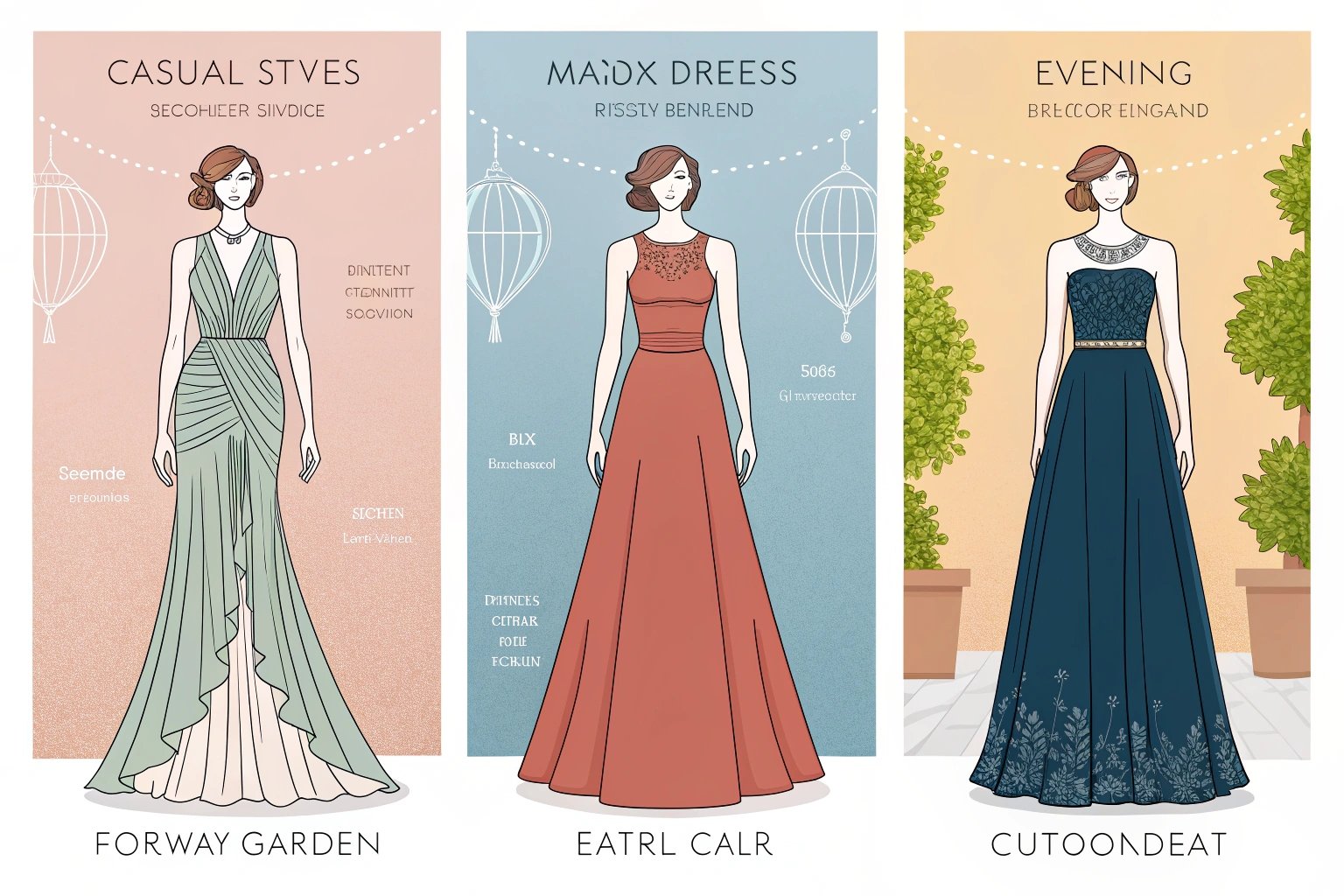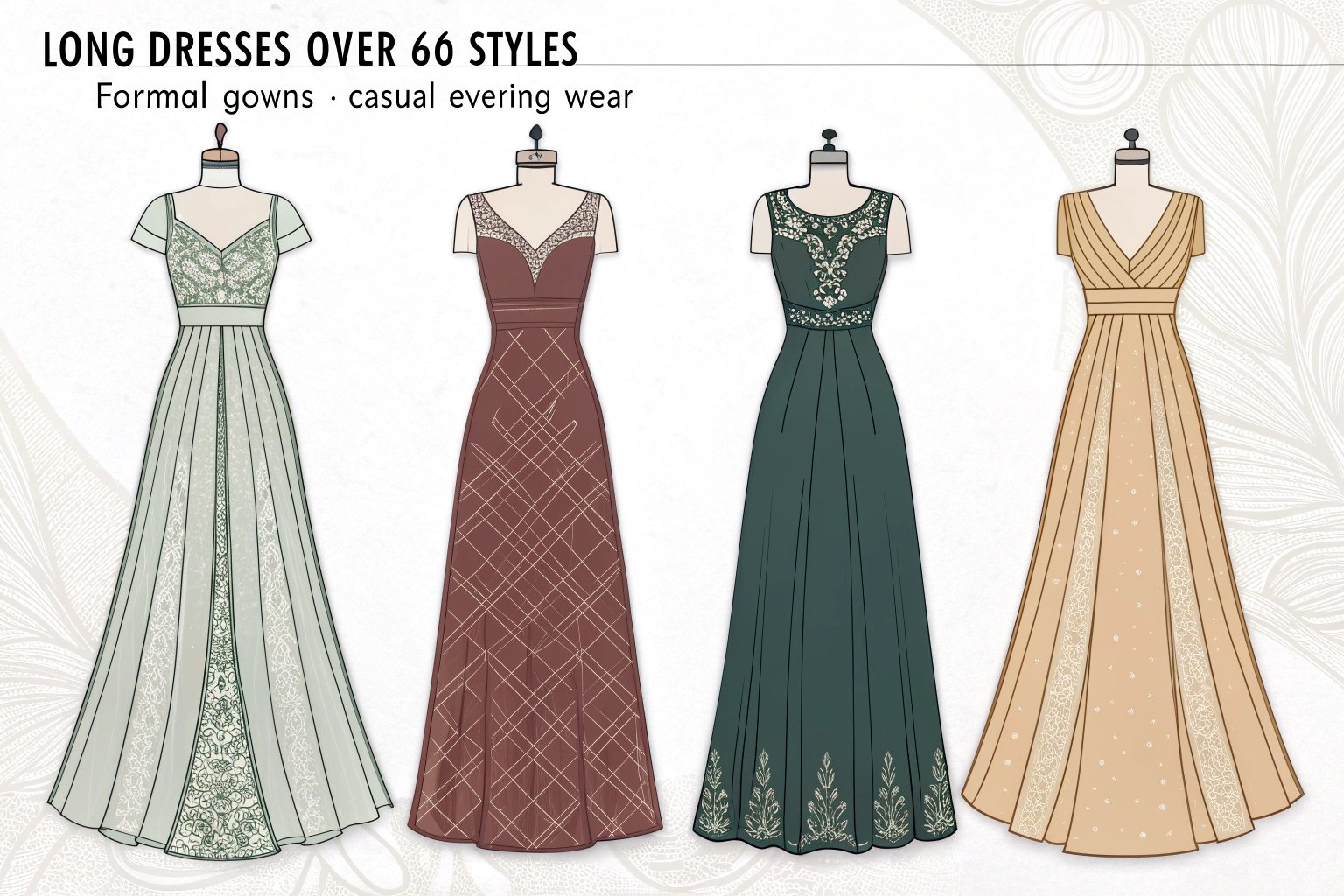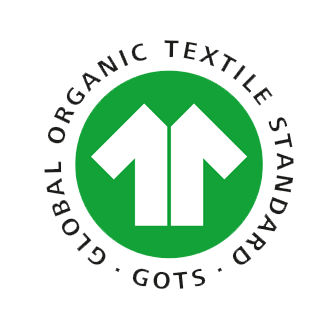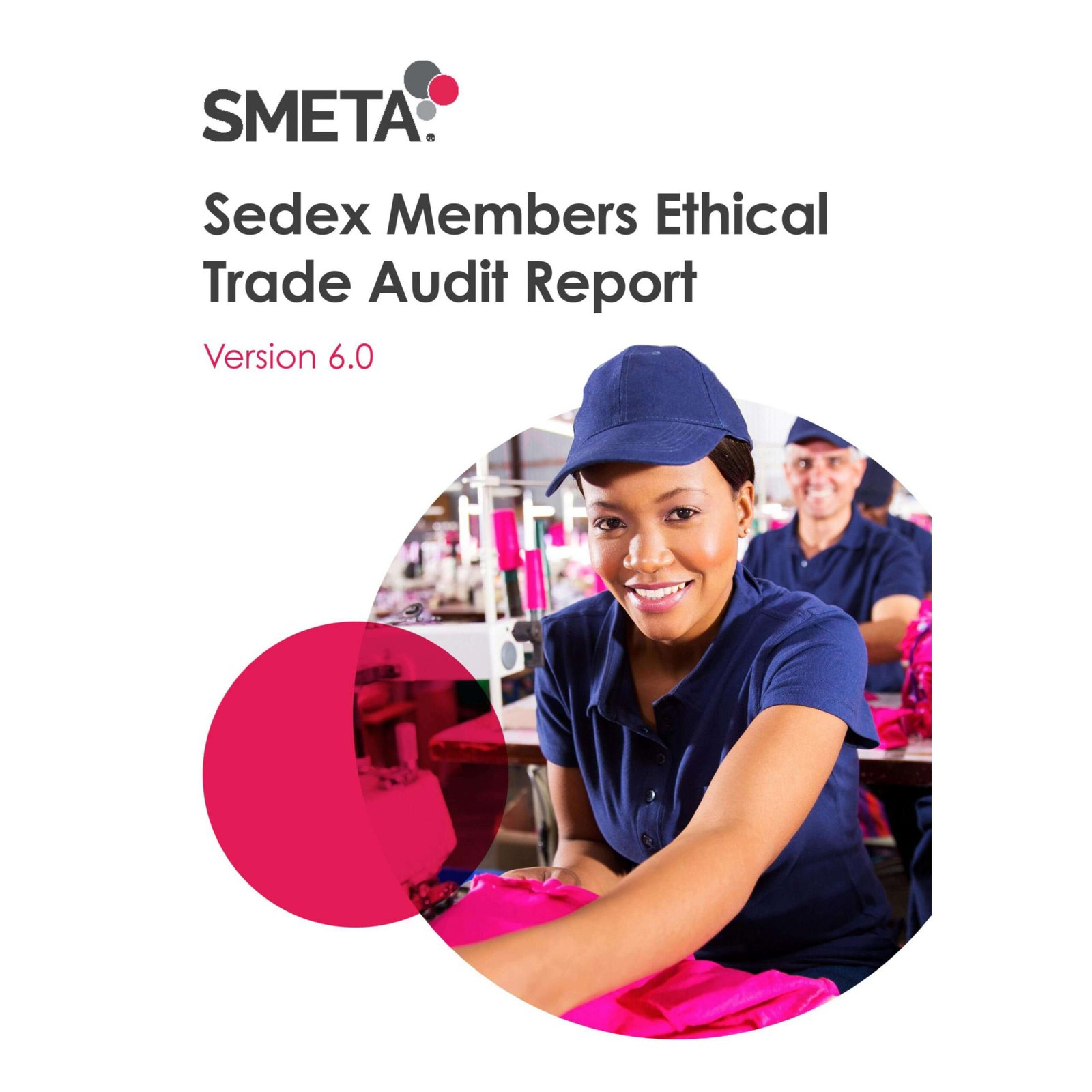In fashion manufacturing, clear sizing matters—especially when it comes to plus-size apparel. But what actually qualifies as a “plus size”? It’s not just about numbers—it’s also about customer expectations, cultural standards, and design challenges.
In most global markets, a dress size of US 14 or above is considered plus size, though this can vary depending on region and retailer.
We regularly help brands develop inclusive size ranges that fit their target demographic and resonate in their key sales markets. Here’s how we define and design for plus sizes.

How is plus size defined in different regions?
Size labeling isn’t consistent worldwide. Understanding local conventions is key.
Plus size generally starts at US 14, UK 16, EU 44, or AUS 18—but these sizes can be marketed differently by brands depending on their positioning.
Regional Size Conversion Chart
| Region | Starts at Size | Notes |
|---|---|---|
| United States | 14+ | Common retail cutoff |
| United Kingdom | 16+ | Widely accepted |
| Europe | 44+ | Equivalent to US 14 |
| Australia | 18+ | Similar to UK sizing |
Retailers also use labels like “Curve,” “Full Figure,” or “Extended Sizes” to represent this category.
What dress cuts work best for plus sizes?
Not all silhouettes translate well into extended sizes. Fit, movement, and drape must be considered.
Wrap styles, A-line cuts, empire waists, and ruched or paneled designs offer great fit and comfort across plus-size ranges.
Best Dress Styles for Plus Sizes
- Wrap Dress: Adjustable and flattering at the waist
- A-Line: Balances the hips and flows from the waist
- Empire Waist: Accentuates bust while skimming the midsection
- Fit-and-Flare: Combines definition and ease
- Side Ruched Bodycon: Strategic gathering adds contour and comfort

What fabrics are best suited for plus-size dresses?
Material selection becomes more critical in larger sizes to ensure comfort and shape.
Structured knits, soft jerseys with spandex, and crepes with body are ideal for flattering plus-size silhouettes.
Recommended Plus-Size Fabrics
| Fabric Type | Benefit for Plus Sizes |
| Ponte Knit | Smooths and supports curves |
| Cotton-Spandex | Breathable, flexible fit |
| Modal Jersey | Drapes beautifully, soft hand |
| Scuba Crepe | Holds shape, ideal for structure |
| Viscose Blend | Natural drape, good for layering |
Avoid overly sheer or clingy lightweight fabrics unless backed or layered.
What are common mistakes in plus-size design?
Designing plus-size apparel requires attention to proportion—not just scaling up from standard sizes.
Key errors include using the same pattern block, skipping bust darts, ignoring armhole adjustment, and placing embellishment in the wrong areas.

Frequent Pitfalls to Avoid
- Failing to adjust shoulder slope or sleeve width
- Keeping waist darts the same as smaller sizes
- Not reinforcing seams that carry stress
- Using horizontal prints without shaping seams
We always customize plus-size blocks in sampling to optimize fit, ease, and movement.
How does plus-size sizing impact pattern development?
Grading from size 10 to 14 is not linear—the body changes shape, not just dimensions.
Plus-size pattern blocks need more bust shaping, larger armholes, extended back widths, and roomier sleeves to balance proportions.
Key Adjustments in Pattern Making
- Additional bust darts or princess seams
- Raised armholes for comfort
- Stronger waist-to-hip curve gradation
- Side panel integration to ease bulk
Our factory uses 3D body scans and live model fittings for extended sizes to ensure proper shaping.
What dress lengths and necklines flatter plus-size figures?
Small tweaks in neckline or hem placement can make a major difference.
V-necks, scoop necks, and midi-length hems are most flattering for plus-size customers, helping elongate the torso and balance proportions.

Style Tips
- Necklines: V-neck, wide scoop, square
- Sleeves: Flutter sleeves, 3/4 sleeves, raglan cuts
- Lengths: Midi or knee-length over mini or maxi
- Details: Vertical seams, high-low hems, minimal bulk at hips
How should brands talk about plus size?
Language matters. Tone and inclusivity shape how customers feel about sizing.
Avoid terms like “larger sizes” or “oversized.” Instead, use inclusive, affirming language such as “Curve,” “Extended Sizes,” or “Made to Flatter Every Body.”
Brand Messaging Tips
- Use inclusive models and consistent sizing visuals
- Celebrate shape without apologizing for it
- Offer plus sizes alongside core size listings—not separate
Example: “This style is available in sizes XS to 3X and designed to flatter every curve.”
What size range is ideal for plus-size fashion brands?
Offering enough sizes can boost both reach and retention.
Most plus-size brands cover from US 14 to 28, with some extending to size 32. A range from 1X to 4X is standard in many collections.
Sizing Framework
| US Dress Size | Common Plus Label | Notes |
| 14 | 1X | Entry level plus size |
| 16–18 | 2X | Fastest moving SKUs |
| 20–22 | 3X | Requires structural support |
| 24–26 | 4X | Often special order |
| 28+ | 5X+ | Needs custom blocks |
Conclusion
Plus size typically begins at size US 14, but understanding customer needs goes beyond the label. Fit, fabric, and thoughtful design make the difference—and we’re proud to help brands create inclusive collections that perform.


